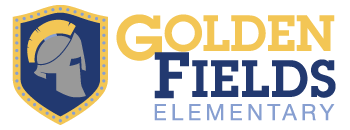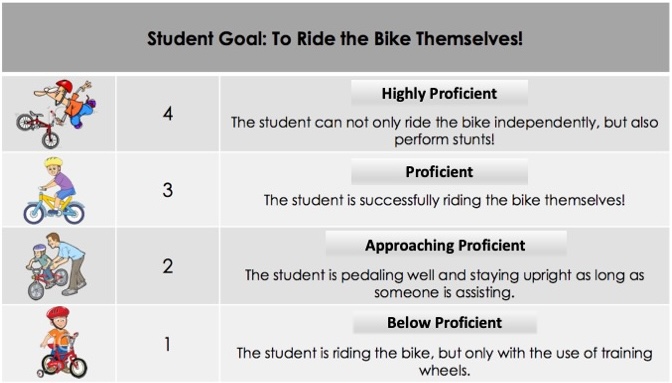We teach the standards established by the Utah State Board of Education. While we teach all of the state standards, we have chosen to prioritize certain standards that will have the highest leverage to impact student's readiness for learning and success both now and at future levels. We refer to those prioritized standards as Power Standards. These are the standards that will be focused on during interventions, parent conferences, and proficiency reporting periods. We are taking a Proficiency-based Learning approach to student learning and assessment which focuses on student progression towards proficiency in their learning as opposed to an emphasis on a "grade". A Learning Scale document will provide a visual progression for each student that shows their progress towards proficiency.
Each Power Standard will have an associated Learning Scale to outline for students, parents, and educators the skills, learnings, and understandings associated with each level of learning on a 4 point scale with a 3 being considered proficient. Our goal is to help each student reach "proficient" status by the end of the school year. Proficient is 3 on the report card and that is the goal. So in many ways, 3 is the new 4 on a report to parents. A 4 will be given only when students can demonstrate a deeper understanding of the standard and an ability to apply it in multiple and complex ways (see bike riding example below). The learning scale for each respective power standard will articulate the requirements for each level of proficiency.
Parent teacher conferences will be held twice a year to discuss student progression towards proficiency utilizing the Learning Scale documents. It is not intended for students to have achieved proficiency until the end of year. A Report to Parents will be sent home at the end of 2nd and 4th quarters that provide a snapshot of student proficiency in the Power Standards using the Learning Scale document to inform Performance Levels marked on the report. Parents can create an observer account to monitor student progress in Canvas and on Master Connect between reporting periods.
 *Note that our goal is to help each student reach Proficiency (3) by the end of the school year.
*Note that our goal is to help each student reach Proficiency (3) by the end of the school year.
It is important to keep in mind that students learn at different rates and in different ways. Imagine a child learning how to ride a bike and the natural development of these skills. Proficiency-based Learning for academics follows the same principles. Thinking about it this way gives teachers, parents, and students a better idea of where students are in relation to the learning goal or learning proficiency.
This is a wonderful video that uses the bike riding example to explain how it applies to academics in the Proficiency-based Learning model. Note that Power Standards are synonymous with Essential Standards or Big Rocks.
Proficiency-Based Learning Parent Flyer

